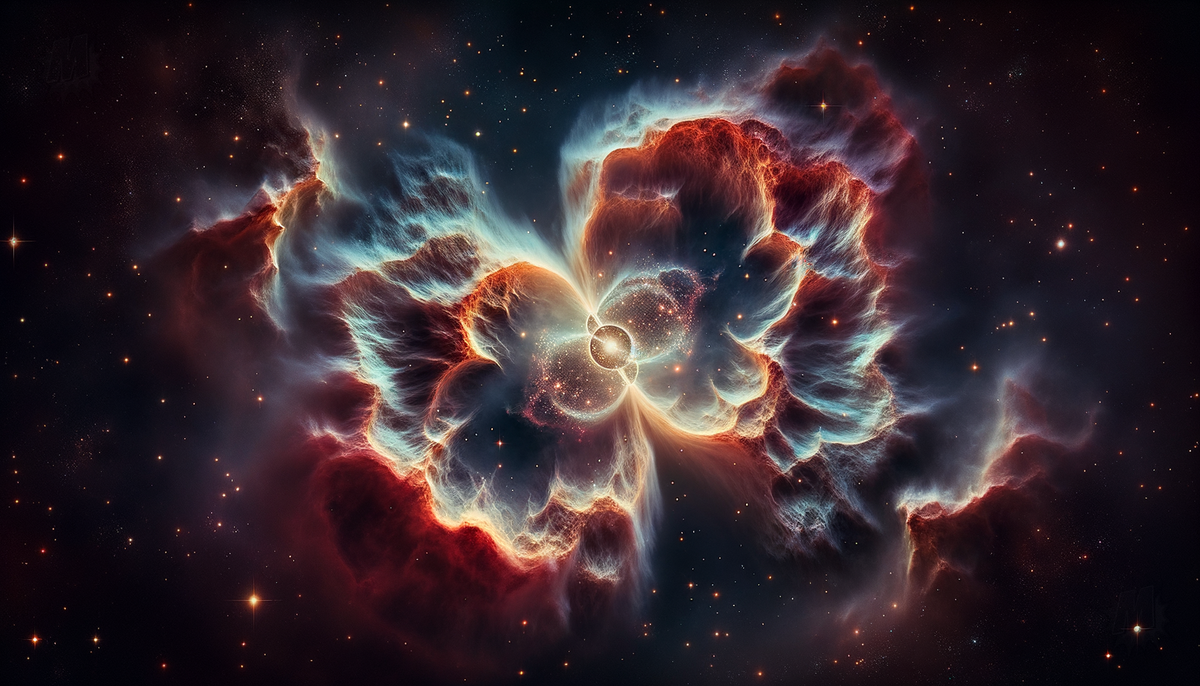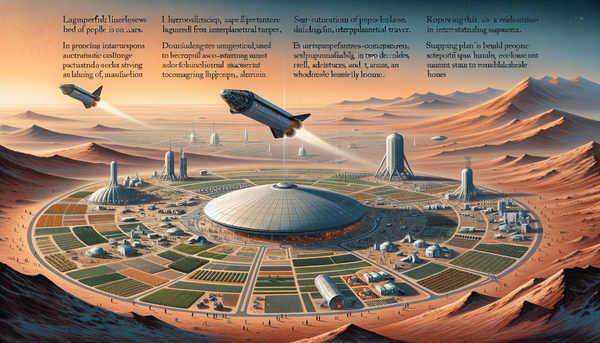Hubble Marks 34 Years with Little Dumbbell Nebula Glimpse

Astronomers using the Hubble Space Telescope have captured a new image of the Little Dumbbell Nebula, also designated as Messier 76, M76, or NGC 650/651. The nebula, found 3,400 light-years away in the constellation Perseus, is a planetary nebula—a type of nebula consisting of an expanding shell of ionized gas ejected from red giant stars during the latter stages of their evolution. The primary star at the center of the nebula is in the process of collapsing into a white dwarf, and is currently one of the hottest known stellar remnants at a temperature of 250,000 degrees Fahrenheit, which is 24 times hotter than the surface of our Sun.
The detailed image reveals the nebula's two-lobed structure and the central star, which appears as a white dot. The nebula's ring and lobes suggest the influence of a binary companion, potentially hinting at past stellar interactions. The central bar structure seen edge-on, along with the two lobes opening from the ring, are thought to have been sculpted by the effects of the star's companion, which may have been consumed by the primary star—a process often referred to as stellar cannibalism.
Since its deployment in 1990, Hubble has completed over 1.6 million observations of more than 53,000 celestial objects, and its data have been the basis for 44,000 scientific papers, making it one of the most productive scientific instruments ever built. Hubble's extensive discoveries have shaped our understanding of the universe, including findings related to supermassive black holes, exoplanet atmospheres, gravitational lensing by dark matter, the presence of dark energy, and the process of planet formation among stars. The nebula M76 is just one example of the diverse range of astronomical phenomena Hubble has observed over the past three decades.




